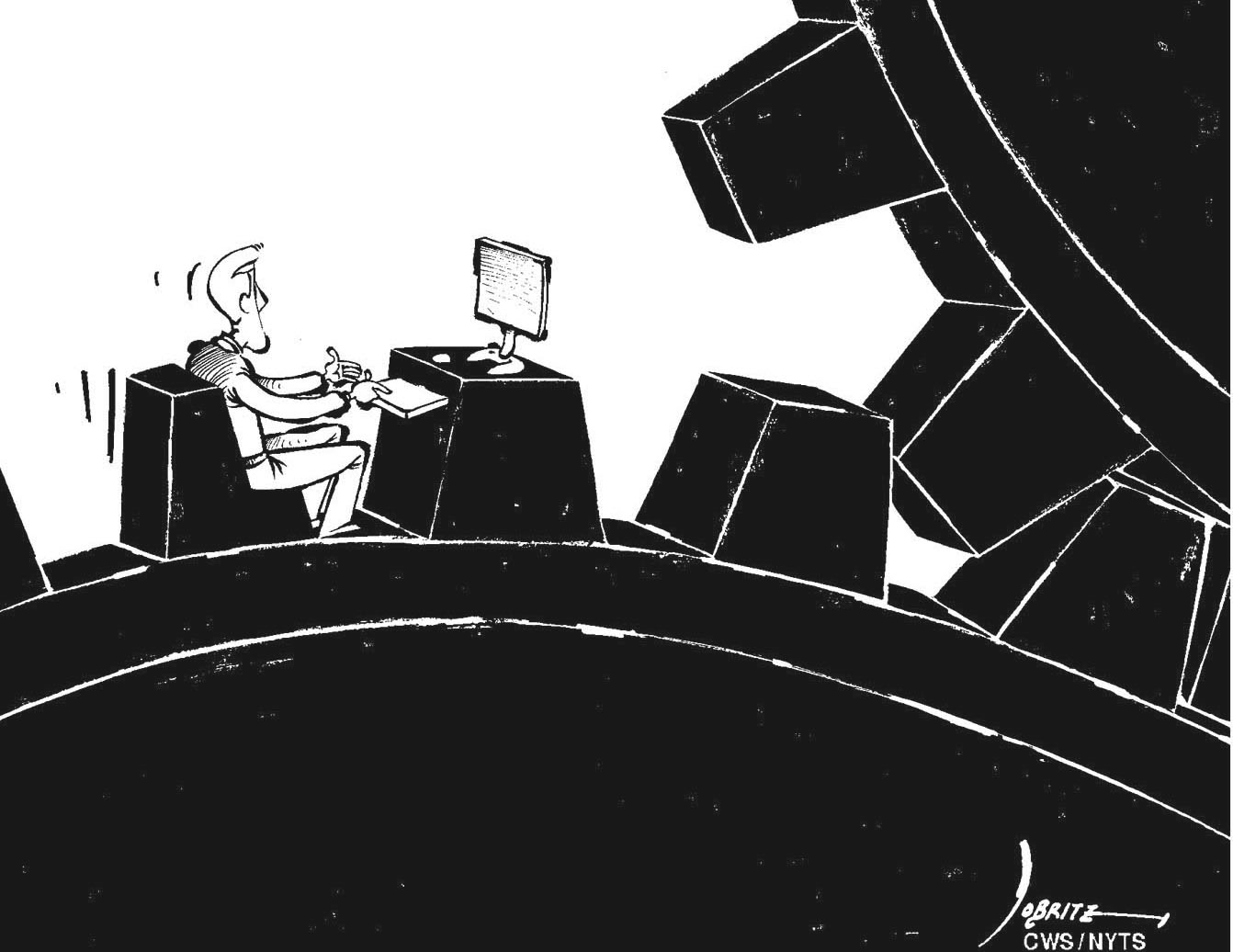Readers of this column must have had plenty of hands-on experience with rapidly advancing technological and social innovations that are making possible what had long been thought impossible. A quick historical review shows that it was in the 1980s that large and expensive mainframe computers, which only experts were able to operate, started being installed at firms, government agencies and academic institutions for a wide range of data processing tasks, from accounting and wage calculations to scientific and academic research projects.
During the 1990s, compact laptop computers that could fit into a briefcase became popular, enabling even those without any knowledge of computer science to engage in internet searches, online shopping and email communication. Thus, the computer stopped being a tool used only by engineers in specialized technology and became a personal instrument used by the general public.
The Japanese translation of "computer" is "denshi-keisanki," which literally means "electronic calculating machine." But that translation has become obsolete since computers today are mainly used for activities seemingly unrelated to calculating. By the way, the Chinese translation of computer is "diannao," meaning "electronic brain" — a brilliant translation foreseeing the future roles of the computer.



















With your current subscription plan you can comment on stories. However, before writing your first comment, please create a display name in the Profile section of your subscriber account page.